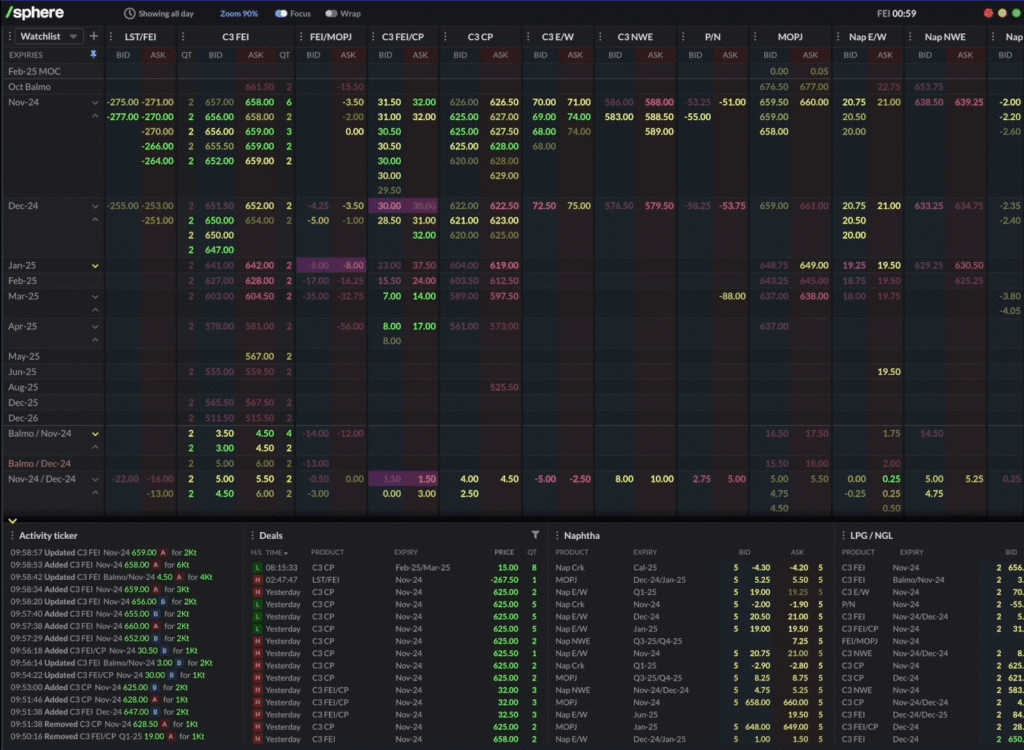In August 2024, Python hit a major milestone by ranking over 18% in the TIOBE Programming Index for the first time – a level of popularity not seen since Java in November 2016. On top of that, the 2024 Stack Overflow Developer Survey ranked Python as the third most popular language, just behind JavaScript and HTML/CSS.
While Python’s popularity is undeniable, we want to explore where it’s most commonly used in a bid to better understand where future Python careers might be headed.
Python developers typically come from two distinct backgrounds: traditional software development and data science.
Data Science
Python has become the undisputed leader in the data world. Its clear syntax and powerful libraries, like NumPy, Pandas, and Scikit-learn, make it the top choice for data manipulation, analysis, and machine learning. The rise of big data and the growing emphasis on data-driven decision-making have only strengthened Python’s position. One industry where data is driving Python’s popularity is commodities – where we’ve seen a significant increase in demand for Python developers with a solid foundation in data science. Learn more about the future of Python in the commodities industry here.
Web Development
Data science may have been a major factor in Python’s rise, but it’s far from the only one. According to JetBrains, Python is most often used for web development among those who consider it their primary language (23%). When used as a secondary language, it’s more frequently applied to data analysis (16%) and DevOps (14%), with web development not far behind (13%).
Python’s simplicity and readability have made it a favourite among developers for building web applications, backend systems, and even games. Its versatility is one of the reasons it remains so popular across different sectors.
Bridging Development and Data
What makes Python truly stand out is its ability to bridge the gap between development and data science. As technology advances, Python’s role is likely to expand further. The growing integration of data into various applications, along with the increasing complexity of software systems, will drive demand for professionals who can excel in both development and data.
As the lines between web development and data science continue to blur, Python’s core strengths – its simplicity, readability, and versatility – will keep it at the forefront.
On the lookout for Python talent?





